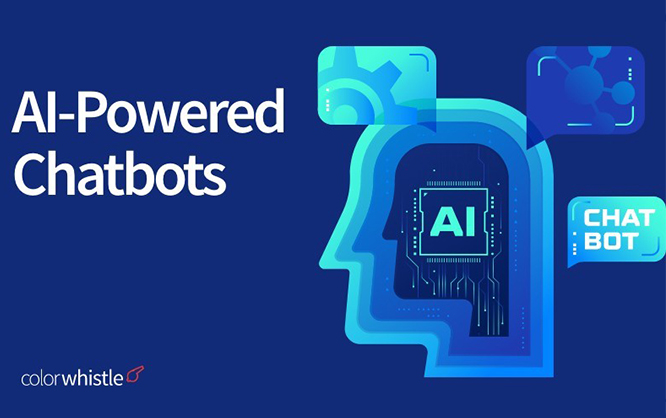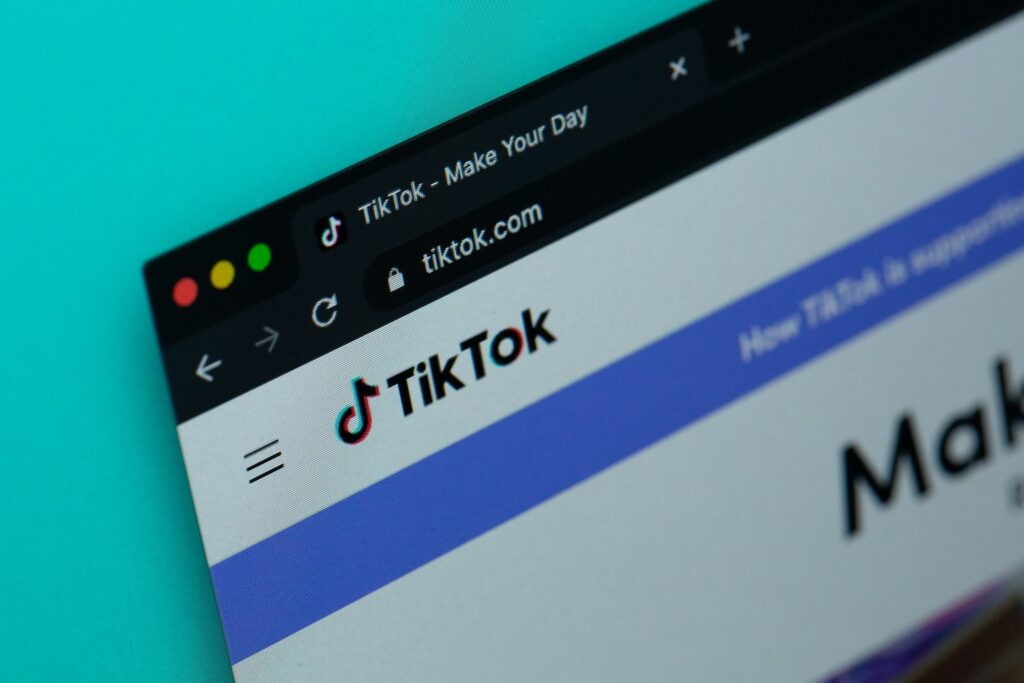
Today’s world of technology has pushed us into a whirlwind of what many think as “impersonalized non-human interaction”. While it is true that technology has made life easier, many are still doubtful as to whether the increased use of it would lead to less communication among humans. B2B marketers are becoming more and more worried about bettering the customer experience so that it is a win-win; they gain loyal customers and customers gain a good amount of satisfaction.
This is where chatbots and AI come in. Armed with the capability to imitate human language, and analyze conversations and the programming to achieve correct timing, these technological saviors come to rescue B2B marketers for achieving their goals.
Evolution of Customer Service with AI
Customer satisfaction is a major deal when it comes to marketers and businesses. Marketers aspire to reach this goal to improve their relationship with their clients as well as their revenue. Human interaction and conversations are not linear since so many variables are involved. Analysis was difficult for marketers to do by themselves. AI came to the rescue at this juncture. By computerizing the analysis, more types of results can be scrutinized and the proper one can be picked up. With chatbots, customer service can be done full-time without strain on the representatives. We’ll look at all these aspects in detail.
What are Chatbots?
Chatbots have been designed to imitate human language and speech. They are known by other names as well, like bots or virtual assistants. They can communicate in a number of media, like websites, mobile applications, and messaging platforms.
As said before, chatbots have evolved from simple generic queries to complex non-repetitive processes. They have transformed from keyword recognition into advanced natural language processing (NLP) with AI and machine language (ML). They can make use of past interactions to improve the overall customer experience.
AI and Chatbots for Improving Customer Experience
It is obvious that improving customer experience would lead to customer satisfaction. If the customer is satisfied, the business will improve. How do AI and chatbots improve the customer experience?
1. Customer-Centricity
Make it all about the customer. Their wants and needs. Their preferences. Their demographics. Customer-centricity brings 60% more profit, according to a study conducted by Deloitte and Touche. Chatbots and AI help anticipate user preferences, which further aid all interactions. Concerns and queries can be dealt with easily.
2. Personalization
A customer-centric approach steers toward ease of personalization. Customers will be better off if they feel they are seen, heard, and understood. Adapting to their individualized experiences will help brand awareness and visibility. AI does the data analysis, pattern identification, and insight development, reducing the burden on marketers and analysts. Since cost and resources can be saved here, marketing teams can be delegated and deployed to sort through the data amassed and employ their market strategy.
3. 24/7 Customer Support Availability
Customer support is a job that seems very stressful and demanding. Chatbots are constantly available, not limited by working hours, to aid customers. This 24/7 availability means customer concerns are handled quickly, even outside regular business hours. This feature is especially useful for B2B companies in multiple time zones, ensuring constant support and customer satisfaction. 80% of customers expect chatbots to improve their experience. We should give them what they want, shouldn’t we?
4. Streamlining
AI and chatbots are essential in optimizing processing within B2B. With the benefits of automation, errors are reduced, closures happen quicker, and efficient operations ensue. Chatbots help amplify customer satisfaction by streamlining the marketing process and allowing employees to focus on higher-level duties.
5. Knowledge Management
AI and Chatbots are two strong technologies that act as important data storage systems in the B2B setup. They hold a large number of product details, frequently asked questions, troubleshooting guides, and other resources. Chatbots are able to quickly search for and find relevant information to help customers, giving accurate and consistent answers. This effective system of managing knowledge decreases the need for human agents to handle routine questions and guarantees that customers get quick and trustworthy information. Using these smart tools, B2B organizations boost customer service, speed up response times, and simplify support procedures.
6. Analytical Improvement
Chatbots collect important customer data during interactions to analyze and produce insights. Analyzing chat logs and user behavior patterns helps businesses understand customer trends, preferences, and pain points. This data can guide decision-making, enhance products/services, and keep companies competitive. Chatbot analytics offer metrics like response times, satisfaction ratings, and conversation flow analysis to improve their performance and customer engagement strategies.
Analytics-driven insights support companies in tackling customer concerns, optimizing processes, and staying on par with market trends. These can be done with the help of AI and enforced through the use of chatbots.
7. Scalable Usage
Chatbots have the advantage of providing a scalable customer support solution. Even with company expansion, chatbots can manage more customer queries without increasing costs. This scalability helps businesses improve customer support without significant investments in staffing or infrastructure, offering a cost-efficient approach to growth.
8. Cost Efficient Utilization
Implementing chatbots to automate routine tasks can lead to substantial cost savings. Customer support teams can prioritize more complex issues, optimizing human resource allocation. Furthermore, chatbots have the ability to handle multiple queries simultaneously, diminishing the need for a large customer service workforce and thus reducing labor costs.
Concerns in Chatbots’ Communication
Every new technology would be challenging. Let’s look at a few challenges pertaining to AI and chatbots. By being aware of them, we can plan on how to overcome them:
- Technical Glitches
Like all software, chatbots can experience technical glitches and malfunctions. These issues vary from small bugs to larger problems that impact the bot’s ability to interpret and respond to queries accurately. Furthermore, periods of downtime for maintenance or updates may disrupt customer support operations, possibly resulting in customer dissatisfaction.
- Limited Understanding and Responses
Nothing can completely replace the human mind. Chatbots function using set algorithms and data inputs, leading to challenges in comprehending intricate or vague queries. They may also lack the capability to know emotions in conversations, potentially leading to responses that are seen as insensitive. B2B companies should be aware of these constraints and strive to create advanced chatbots that can efficiently handle a wider range of customer inquiries.
Conclusion and Future Scope
Modernizing the B2B customer experience will not only boost your morale but also your organization’s revenue. Using AI and chatbots will augment this, allowing your marketers to delegate other tasks and analyze the results given by the tools.
By 2025, it is projected that AI will lead in facilitating around 95% of customer interactions. Chatbots will see increased adoption, improving NLP for more effective interactions. Continuous enhancements in AI language understanding will result in more accurate and human-like interactions. Virtual customer assistants will become more sophisticated, blending AI capabilities with human-like features for handling complex inquiries. Improved customer service analytics driven by AI will enable call centers to better comprehend consumer behavior, facilitating enhanced client handling.
Chatbots have revolutionized the way we see the world. They have fascinated us every second. Let’s use their skills to our advantage and bring positive change among our business clientele.
Surge ahead!
Featured image source
The post The Role of Chatbots and AI in B2B Customer Service: Improving the Customer Experience appeared first on noupe.



